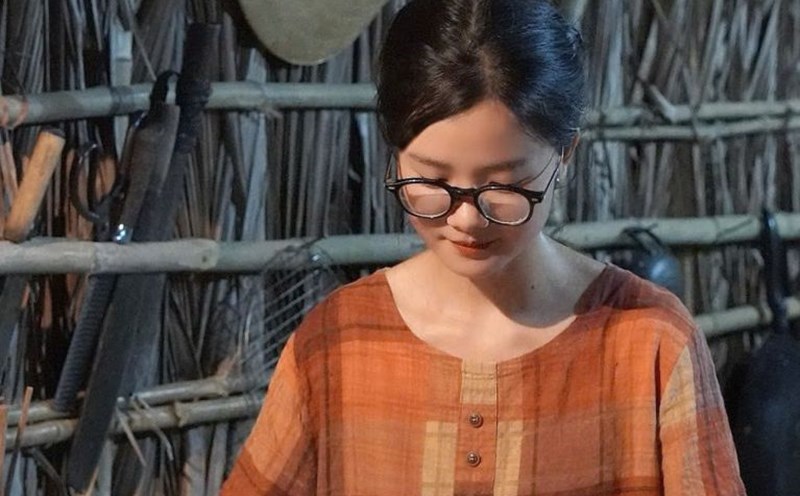Enjoying a new dish is a way to communicate with a new friend, and that also makes sense, enjoying a familiar delicious dish is also a reunion of old friends. Food, dishes, and cuisine are the best friends of humans both literally and literally, so the above comparison image is completely commensurate.
In the meeting, the other meeting could not lack the elements of communication and conversation. However, how to dialogue if the dish has nothing to tell diners, and diners are completely blind to the dish, only knowing how to feel it through 6 flavors and 5 senses.
That is the problem of Vietnamese cuisine on the way to the world party, with a "shy" look because there are not many good stories to tell. In fact, Vietnam has an attractive cuisine that is not inferior to any country such as climate diversity, geography and rich history, culture, and culture.
However, the delicious, good, and beautiful of Vietnamese dishes are not always widely known. Even dishes that can be considered "the soul and national treasure" such as pho, spring rolls, and bun cha can still be confused with certain dishes of a nearby culinary culture.
Pho can be noodles when translated into English as "noodle", nem cha can be mistaken for a fried roll, while bun cha is similar to grilled meat dishes. We need a good story about pho, from the process of forming and perfecting dishes, and then in just nearly 100 years, pho has become the pride of Vietnamese cuisine.
In that story, the characteristics and personality of the pho must be vividly, clearly and attractively portrayed so that people can identify this as a Vietnamese pho, not a type of noodle. The flavor of pho in the story must be deeply rooted in the brain, just hearing the word pho is the aroma of the filled pho broth.
Vietnamese cuisine deserves to be honored in all aspects, not just by Michelin's star and handbook list. The uniqueness of Vietnamese dishes can be compared to famous cuisines such as: China, Japan, France, Italy... starting with stories about oneself.
A culinary culture that has been around for thousands of years, originating from the rice-growing civilization, growing under the tropical sun and monsoon climate but not having a "story" treasure trove of cuisine and dishes is a pity.
We really need good stories such as Lang Lieu and the accumulation of banh chung and banh day to let foreigners see and hear about these two traditional cakes of the Vietnamese people long before coming to Vietnam just to satisfy the need to see with your own eyes and enjoy that dish.
The story about Lang Lieu is equally attractive as the story of To Thuc inventing the famous dish "Dong Pha Nhu" of Hangzhou (China), or the story of a bowl of Ramen noodles eaten on New Year's Eve to review the old and the new, taking delicious pieces today to remember the miserable past.
It is only that Vietnamese cuisine needs to have more stories like that to equip the spiritual beauty of the dish. The dish is the physical shape, the body, and the story is the soul. Both need to develop in parallel, to achieve the value of finite aesthetics.
In many ways, stories about Vietnamese cuisine are being written. Culinary diplomacy, turning cuisine into tourism products, using cuisine to stimulate the economy is being implemented on all scales, both macro and micro. Michelin's enhancement of its operations in Vietnam by attaching stars and listing the list in its handbook in recent years is an example of that effort.
However, we need to promote and diversify ways of doing things to spread the story of Vietnamese cuisine. Look at the example of Koreans in diffusing the value of culture. They know how to tell stories about dishes, introduce Korean cuisine, Korean eating habits through movies, music...
Therefore, Korean and K-Pop film fans are also crazy fans of rice cakes, kimchee, sesame leaf-walled grilled pork belly, black soy sauce and countless other dishes. No film does not mention a dish, sometimes the intention is very revealing, but the results are truly worth mentioning. The recent wave of cinema and music has gone, Korean restaurants immediately took off.
Looking at the way Koreans tell the story of kimchi cuisine, we can learn and hope that in the near future, before eating a bowl of rice noodles, diners were told the story of turning a normal dish of workers into a delicious dish. Or the story of solidarity and attachment to spring rolls - a dish enthusiastically introduced to the world by Vietnamese diplomats.
Michelin stars are just a means but cannot be a miraculous door to the world of Vietnamese cuisine. Only by writing stories about cuisine and spreading those stories widely is the most effective and sustainable way to develop.











